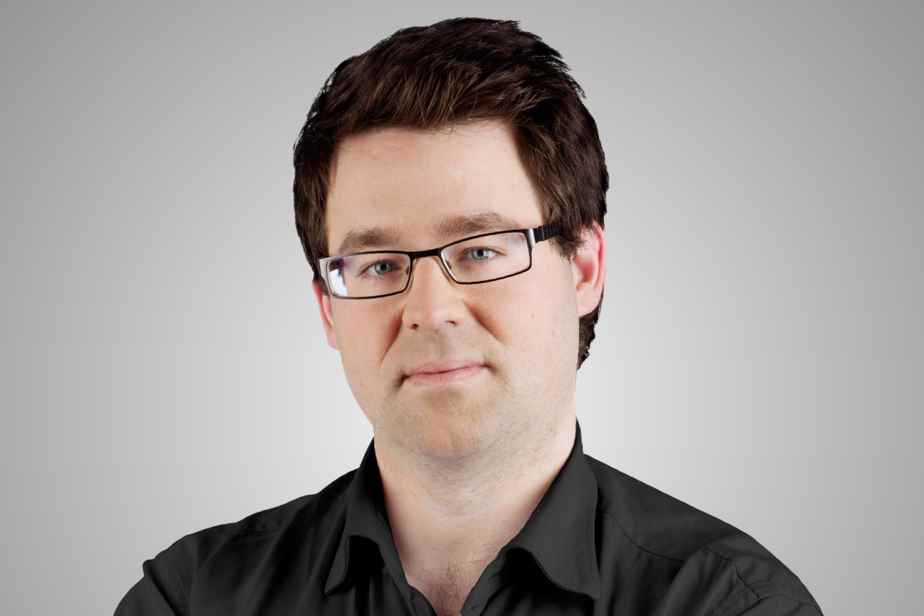In two and a half weeks, we will be back to school. In this third pandemic back-to-school, will students and teachers enter well-ventilated classes?
Posted at 5:00 a.m.
We would like to answer you frankly. But it’s impossible. In particular because Quebec does not know how much money was spent this summer to improve air quality in schools.
In addition to ensuring good respiratory health (a general public health objective, pandemic or not), good ventilation in schools helps reduce aerosol transmission of COVID-19.
COVID-19 is most commonly transmitted by droplets and aerosols when there are close contacts within two meters. The mask greatly helps prevent this type of transmission. It is also transmitted over longer distances (more than two meters) by aerosol indoors, especially if the room is poorly ventilated. Hence the importance of good ventilation in the classrooms.
However, we do not improve ventilation and air quality in schools by shouting scissors. It is planned months in advance. Not when you’re going through a crisis in the middle of winter.
Unfortunately, the Legault government has been reactive (translation: late) from the start on the issue of air quality in schools. Education Minister Jean-François Roberge got bogged down in his often confusing explanations. He now avoids the subject.
Yet Quebec has spent hundreds of millions to improve air quality in schools. From July 2020 to December 2021, Quebec has invested $293 million. All things considered, it’s almost as much as in Ontario. Except that in Ontario, the Ford government has applied the precautionary principle by distributing air purifiers in classes that are not mechanically ventilated.

The other difference, even more important: Quebec started from much further than provinces such as Ontario.
To ensure good air quality, the ideal is to have a mechanical ventilation system. However, 54% of public schools in Quebec do not have one. In Ontario, only 30% of schools do not have one (only 10% including ventilation systems in part of the school). In British Columbia, 4%. Improving air quality is therefore much more complicated — and more expensive — for Quebec than for these other provinces.

From July 2020 to December 2022, Quebec will spend 518 million to improve air quality in classrooms. It spent 293 million in 2020-2021 and planned 225 million in 2022.
Is it sufficient ? Frankly, it’s hard to say. Among other things because Quebec does not know how much it spent each year to improve ventilation and air quality before the pandemic.
Have we done enough for the start of the school year in September?
As incredible as it may seem, the Quebec Ministry of Education does not know how much of the 225 million planned for 2022 will be spent in time for the start of the school year, he said. He will only find out this fall.
Once again in this case, instead of reassuring parents, children and teachers, Minister Roberge is conspicuous by his absence…
The Legault government’s strategy for air quality in schools also involves two risks:
1) First, we rely too much on the fact that teachers will open the windows. It works well in the spring. But we saw last winter that opening the windows at -30°C didn’t work. If we haven’t planned enough work this summer, we will have the same problem next winter.
2) Then, Quebec has set itself the goal for the start of the school year that all classes have an average concentration of CO2 below its standard of 1500 ppm. However, the Ministry of Education’s own experts recommended that it adopt 1000 ppm. In France and the United States, 800 ppm is used. In Germany, 1000 ppm. Only England, New Zealand and Quebec use 1500 ppm. By using 1500 ppm instead of 1000 ppm, the Legault government looks like a teacher who lowers the passing mark: it inflates the results of the group, but it does not make the students stronger.
We should also calculate the average of CO2 only when students are in class. Currently, we calculate from 8 a.m. to 4 p.m. on weekdays, regardless of whether students are in class or not.

We hope that Quebec has spent enough money this summer to improve ventilation in schools. Because improving air quality isn’t just a way to fight COVID-19. It is also important for the general respiratory health of students and teachers.
